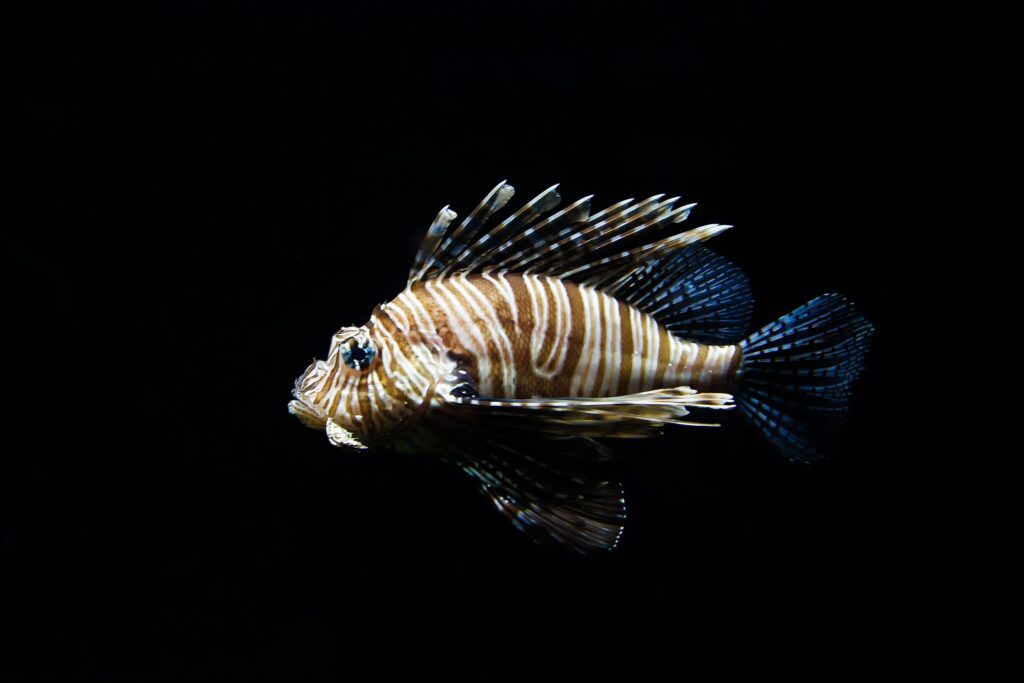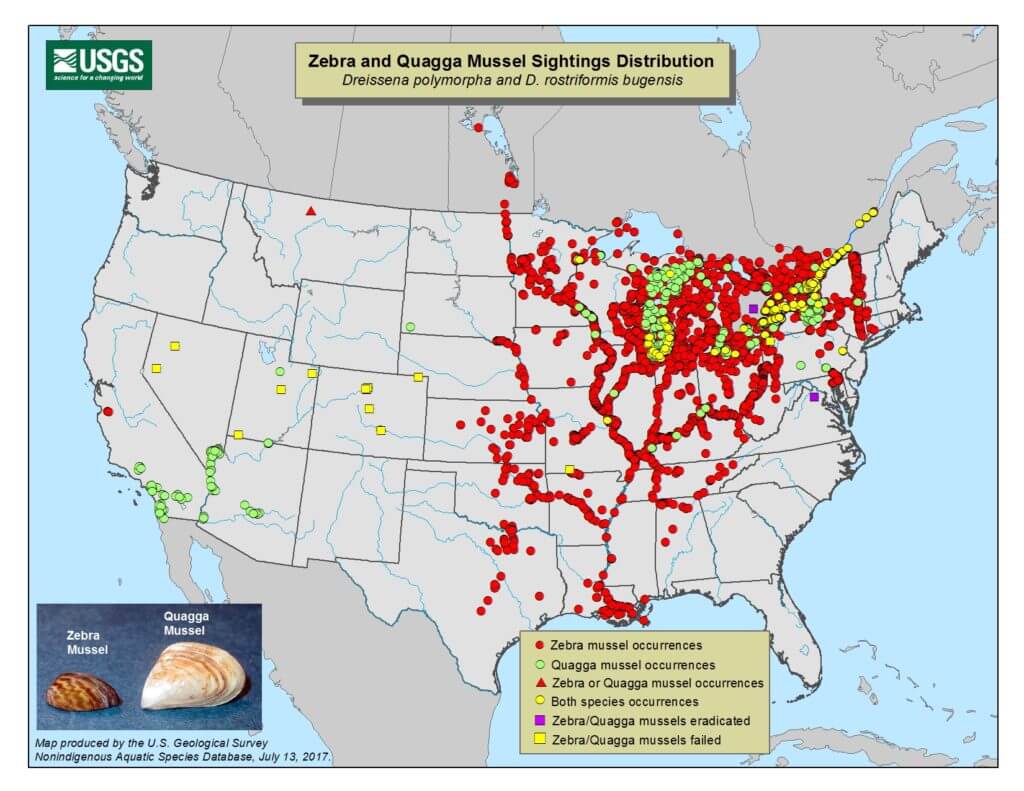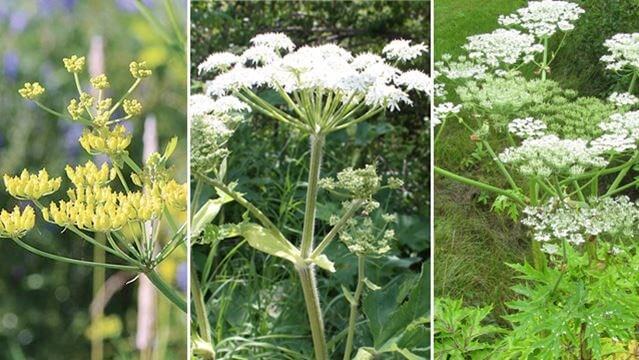
What happens when you have an unwanted houseguest? Do they eat all your food or cause bodily harm? Do they multiply, destroy your home, and force you out? A human guest (hopefully) won’t behave like this, but invasive species do while they destroy the environment. Not all cases of invasive species are apparent right away, but most do cause serious damage. Animals, insects, and plants invade and infest new places everyday, harming local environments. But combining studies and data visualization helps experts pinpoint invaders and analyze potential solutions.
Numbers, Location, and Disruptions
Nature has a way of growing and spreading to the point where scientists can’t keep up with the numbers anymore. It’s difficult to keep track of every single specimen and the exact scale of damages. Data visualization is a commonly used to track and calculate frequency and geography. How many towns, counties, and states? Where is it spotted? What are the native wildlife population numbers? What’s the projected population growth? This map illustrates the concentration of invasive mussel sightings around the US and brings up other questions. How do they spread? How often do they reproduce? Which waterways are they harming? Data analysis uncovers crucial insights that can stop or eliminate further population growth.
How does it happen? What happens after?
Invasions happen very easily, frequently by our own hands. We unknowingly bring and release invasive species in our own backyards, literally. Goldfish are common pets, especially for children. And when they die, we typically just toss them out. But if you just don’t want your goldfish anymore? Some people simply pour out their aquariums into a local body of water. Safe and humane, right? Not even a little bit. The aquarium trade and tank dumping have released so many aquatic invasive species into the environment. Even that little goldfish can grow up to 11 inches and live up to 10 years. This leads to everything from overpopulation to erosion, while native species suffer and sometimes vanish. And it’s not just fish we’re dumping into the environment, garden additions are often invasive plants. Many US states are making buying and selling invasive species illegal in an effort to curb the spread of new plants. Many invasive species pose immediate dangers and are difficult to get rid of.
- the zebra mussel essentially suffocates the surrounding marine life and requires a very costly removal methods
- the spotted lanternfly can lay eggs on just about any plant surface and has an insatiable appetite for crops
- the stink bug is slow and doesn’t bite, but it’ll drive up produce prices
This doesn’t even scratch the surface of invasive species in the US. Some are less dangerous than others, but you should always be careful of your surroundings.
Being careful
You might think you’re safe from extreme danger, but you’re not. Difficult invasive species often ones filled with poisons and toxins that send you to the hospital. Recently, American headlines have featured an unassuming but very dangerous plant that has already put people in the hospital, the hogweed.
It looks harmless, just a tall flowering plant among the typical flora. But even lightly grazing the plant’s toxic sap will give you third degree burns, painful blisters, and can even lead to permanent blindness. The hogweed is the perfect example of unforeseen consequences. About a century ago, the hogweed was brought over by garden enthusiasts, who most likely enjoyed the tall whimsical look of the dangerous plant. But now, residents of Virginia and other states are on high alert this summer, worried about going outside and mistakenly touching one. The plant releases 120,000 winged seeds, making it more difficult to eradicate. Officials are trying to tracking reports of sightings and safely getting rid of them, but who knows where else they’ve moved into. And it’s not even the only burn-inducing plant to look out for. The hobo parsnip looks like Queen Anne’s Lace (a harmless plant), but contact with it causes severe blistering like the hogweed. But these dangerous plants blend in so well that anyone might walk past them.
Solutions?
Many local areas have resources and guides to bring awareness to native and non-native wildlife, as well as precautions. Maryland advises boat owners to inspect and clean their boats in between trips to avoid transferring sneaky hitchhikers. Places in the Caribbean engage visitors in spearing tournaments and offer a new menu item to reduce the lionfish population. Because the voracious lionfish is venomous, has no known predators, and cannot be caught with a fishing line, local efforts have to be outside the box. But it’s worrying scientists because the lionfish population is estimated to be in the millions, stretching from the mid-Atlantic coast all the way down to South America.
There have been more aggressive efforts in the past. The screwworm was long thought to have been eradicated in the US, thanks to a decades long campaign that strategically released infertile male flies into the environment. This eliminated the burrowing larvae from feasting on the living flesh of people and livestock alike. But new cases have left authorities stumped as to how the parasite made its way back into the US, calling for a different approach.
There are many proposed solutions, including GMO animals and insects and NASA’s proposed Invasive Species Data Service (ISDS) to provide easy access to data products and tools to aid decision making. But you don’t have to be scientist to help with data. If you see an invasive specimen, report it. Connect with local wildlife authorities and volunteer efforts to learn more about your area and how you can help.
Contact us today and see how we can help you with analytics and data visualization.



